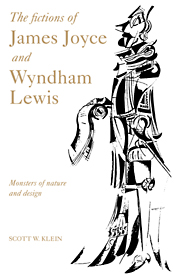1 - The tell-tale Eye
Published online by Cambridge University Press: 22 October 2009
Summary
Should we not say that we make a house by the art of building, and by the art of painting we make another house, a sort of man-made dream produced for those who are awake?
Plato, SophistX. – I am a machine that is constructed to provide you with answers.
I am alive, however. But I am beholden for life to machines that are asleep.
Wyndham Lewis, “Tyronic Dialogues – X. and F.”As a defense against accusations of madness, the narrator of Edgar Allan Poe's “The Tell-Tale Heart” confesses the history of his growing obsession with and ultimate murder of the old man with whom he lives. The reason for the killing, he explains, was the man's disfigured eye, which unnerved him to the point of violence. Yet while attempting to vindicate himself, the narrator seems to suggest that he had actually chosen the eye after the fact to rationalize an inexplicable fear and hatred of the other:
It is impossible to say how first the idea entered my brain; but once conceived, it haunted me day and night. Object there was none. Passion there was none. I loved the old man. He had never wronged me. He had never given me insult. For his gold I had no desire. I think it was his eye! yes, it was this!
In this passage from the tale's opening, the narrator admits that he cannot reconstruct the causes of his repulsion.
- Type
- Chapter
- Information
- The Fictions of James Joyce and Wyndham LewisMonsters of Nature and Design, pp. 24 - 64Publisher: Cambridge University PressPrint publication year: 1994



